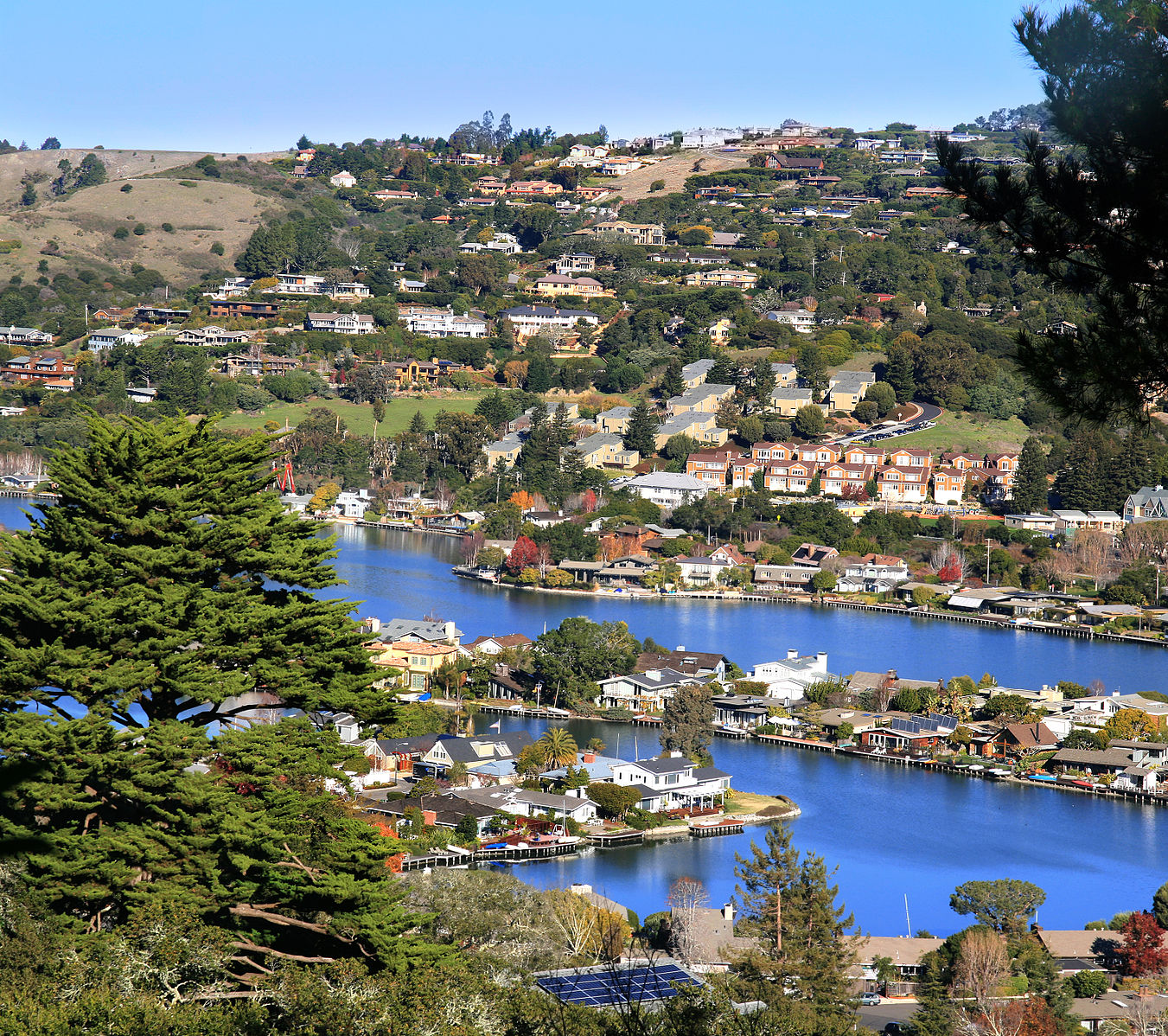
At times, our environmental enthusiasm can shine so bright that we overlook less clear implications against low-income and minority populations.
In Marin County, just north of San Francisco, the environmental preservation effort — enabled by population density restrictions — has resulted in the segregation of minority groups. The Marin Countywide Plan, adopted in 1973, originally set construction density minimums to as high as one single family residence per 25 acres of land. Zones closer to Highway 101 were designated for higher-density development, while the outskirting zones ranged from one single family residence per acre to 25 acres. The goals of the Plan “are concerned with preserving and enhancing open space, striving for a high quality in the natural environment, and preserving community character and architectural heritage,” (1996).
The first two goals sound perfectly peachy. Who doesn’t want to conserve the quality of the environment? But that last part about preserving the community sheds light on a slightly darker motive about preserving the community esthetic enjoyed by wealthy white residents. If there is one lesson we all know about economics is that lower supply and higher demands increase value. As of 2012, the average single family property value in Marin County has risen by over 72 percent (Zillow). By restricting the development density in Marin County, the Plan has essentially ensured that only wealthy people can afford to live in the county, and primarily in the outskirts. The small amount of multifamily and affordable housing is kept just off the freeway exits, and the people who live there are primarily service workers.

In 2003, Marin County adopted the Housing Element into its general plan as required by the state of California. Compliance with the legal requirements to provide affordable housing resulted in the multifamily and affordable housing developed just off the freeway exits. As the Plan states, one of the goals was “to meet diverse housing needs linked to necessary services,” (2007) — that is the people of color working low wage service jobs for wealthy, mostly white, residents.
This is not an isolated incident of oversight or (as some might argue) it may be blatant racism veiled behind a pro-environmental policy. Suburban environmental preservation density restrictions all over the U.S. keep low income people at a disadvantage or segregated into zones of lower environmental quality. Pair a rise in suburban property values with an increase in gentrification of inner cities, and low income families are left with no where to go.
While the preservation of the natural environment is a mission we as ERGies should always strive for, it is important to also uphold our mission to social justice by being critical of environmental policy and research by removing our green-colored glasses.
Banner Image: Brocken Inaglory